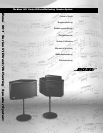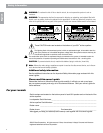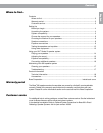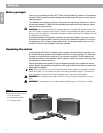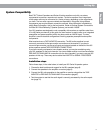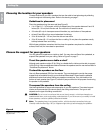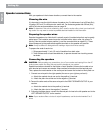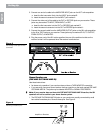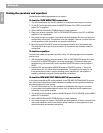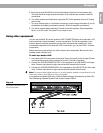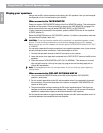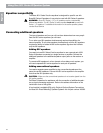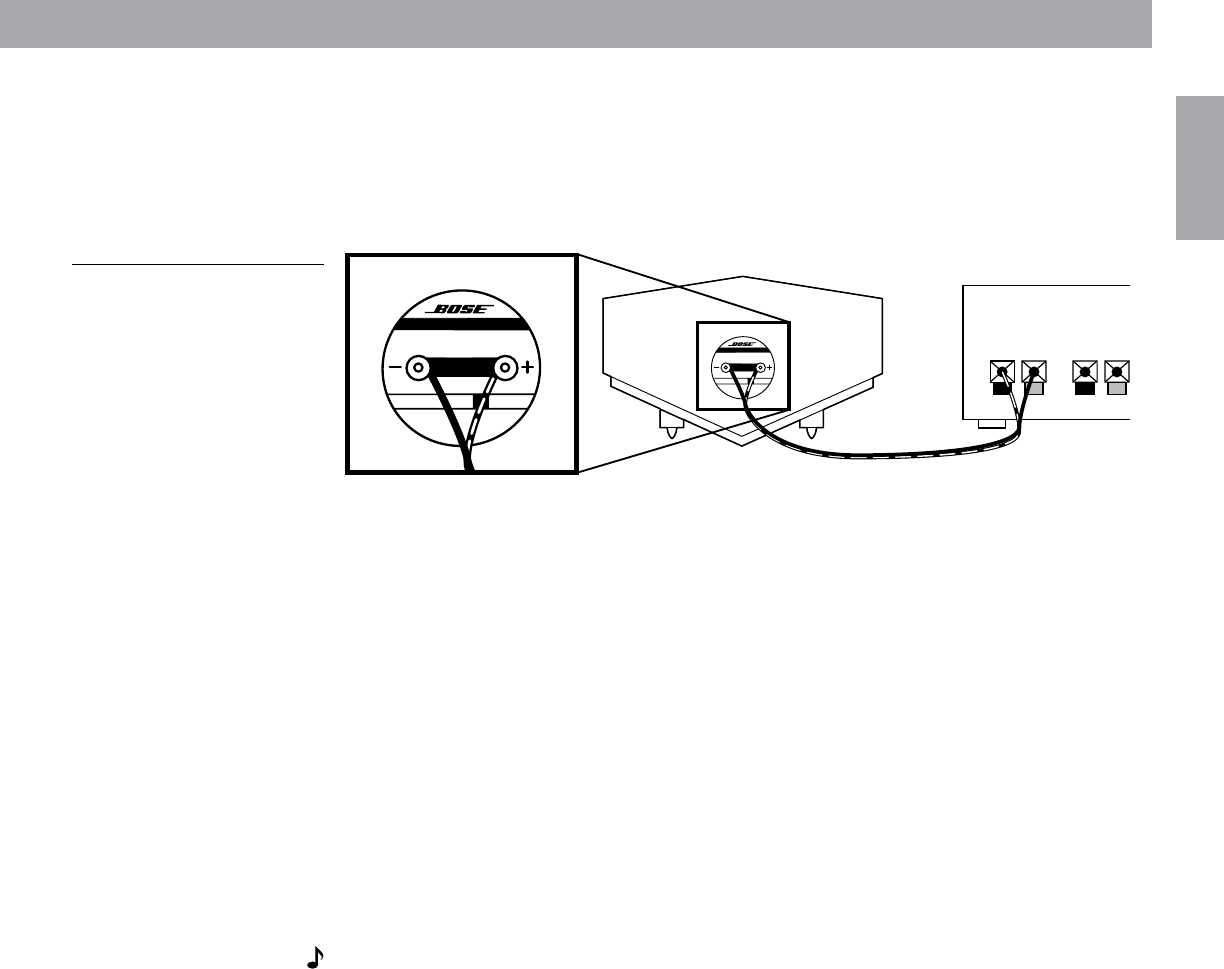
9
English
Setting Up
Checking the speaker connections
Make sure the terminal knurled nut is tightened down firmly. Any gap between the wire and
terminal can cause heat build up. Check to be sure the wires are connected positive to posi-
tive (+ to +) and negative to negative (- to -). Make sure no loose strands of wire touch across
terminals, which can cause short circuits.
Figure 4
Connecting the speakers to the
receiver
Equalizer Connections
There are two options for connecting the equalizer. Your choice depends on the type of
receiver you own and whether you plan to use the system primarily for stereo or for home
theater enjoyment.
Stereo/non-home theater use
(tape monitor connections)
The Bose
®
901
®
active equalizer connects directly to your receiver through the tape monitor
connection. If your receiver has more than one tape connection, use the second one (TAPE 2).
To connect a tape deck, use the additional set of inputs and outputs located on the back of the
901 active equalizer marked TAPE RECORDER CONNECTIONS.
The TAPE MONITOR switch on the front of the receiver lets you switch the equalizer in and out
of the signal path. This is important when you want to play conventional, non-equalized speak-
ers or headphones attached to your receiver. See Using other equipment on page 13.
Note: If your receiver is designed for home theater use, it may not have a Tape Monitor switch.
If not, you must use a PRE AMP OUT/MAIN AMP IN connection. This may also be called the
ADAPTER or SIGNAL PROCESSOR connection. Refer to “Home theater use (PRE AMP OUT/
MAIN AMP IN)” on page 10 for instructions on how to connect for home theater use.
1. Disconnect any external tape deck or signal processor connected to the tape monitor
connection.
2. Use the twin cable assemblies (with two connectors at each end) that are supplied with
the equalizer. Use the red connector for the right (R) channel connections and the other
connector for the left (L) channel connections.
Receiver
L R
+ – + –



